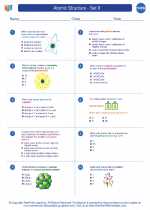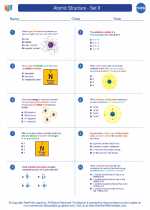Anemometer
An anemometer is a device used to measure the speed of the wind. It is a crucial tool in meteorology and is also used in various other applications, such as in determining airflow in ventilation systems and wind tunnels. There are several types of anemometers, each utilizing different principles to measure wind speed.
Types of Anemometers:
- Cup Anemometer: This type of anemometer consists of three or four cups mounted on horizontal arms, which are then attached to a vertical rod. As the wind blows, the cups rotate, and the speed of rotation is directly proportional to the wind speed. The rotational speed is then measured and used to calculate the wind speed.
- Vane Anemometer: A vane anemometer, or wind vane, is designed with a small propeller at one end and a pointer at the other. When the wind blows, the propeller rotates, and the pointer moves to indicate the wind speed. This type of anemometer is also capable of measuring wind direction.
- Hot-Wire Anemometer: This type of anemometer uses a very fine wire electrically heated up to a constant temperature. As the wind flows past the wire, it cools it down, and the electrical current needed to maintain the wire's temperature is measured. The current is then used to calculate the wind speed.
- Sonic Anemometer: Sonic anemometers use ultrasonic sound waves to measure wind speed. Transducers are placed at a known distance apart, and the time it takes for sound to travel between them in opposite directions is used to calculate the wind speed.
Study Guide for Anemometer:
When studying anemometers, it is essential to understand the principles of each type and how they are used to measure wind speed. Additionally, it is important to be familiar with the units used to express wind speed, such as meters per second (m/s), kilometers per hour (km/h), and miles per hour (mph). Knowing how to convert between these units is also crucial.
Furthermore, understanding the applications of anemometers in various fields, such as meteorology, environmental monitoring, and engineering, is important for a comprehensive understanding of the topic.
Finally, studying the limitations and potential sources of error for different types of anemometers is essential for a complete understanding of their use and interpretation of data.
In conclusion, anemometers are vital instruments for measuring wind speed and have diverse applications across different industries. Understanding the principles, types, and applications of anemometers is crucial for anyone studying meteorology, environmental science, or engineering.
.◂Chemistry Worksheets and Study Guides High School. Atomic Structure - Set II

 Worksheet/Answer key
Worksheet/Answer key
 Worksheet/Answer key
Worksheet/Answer key
